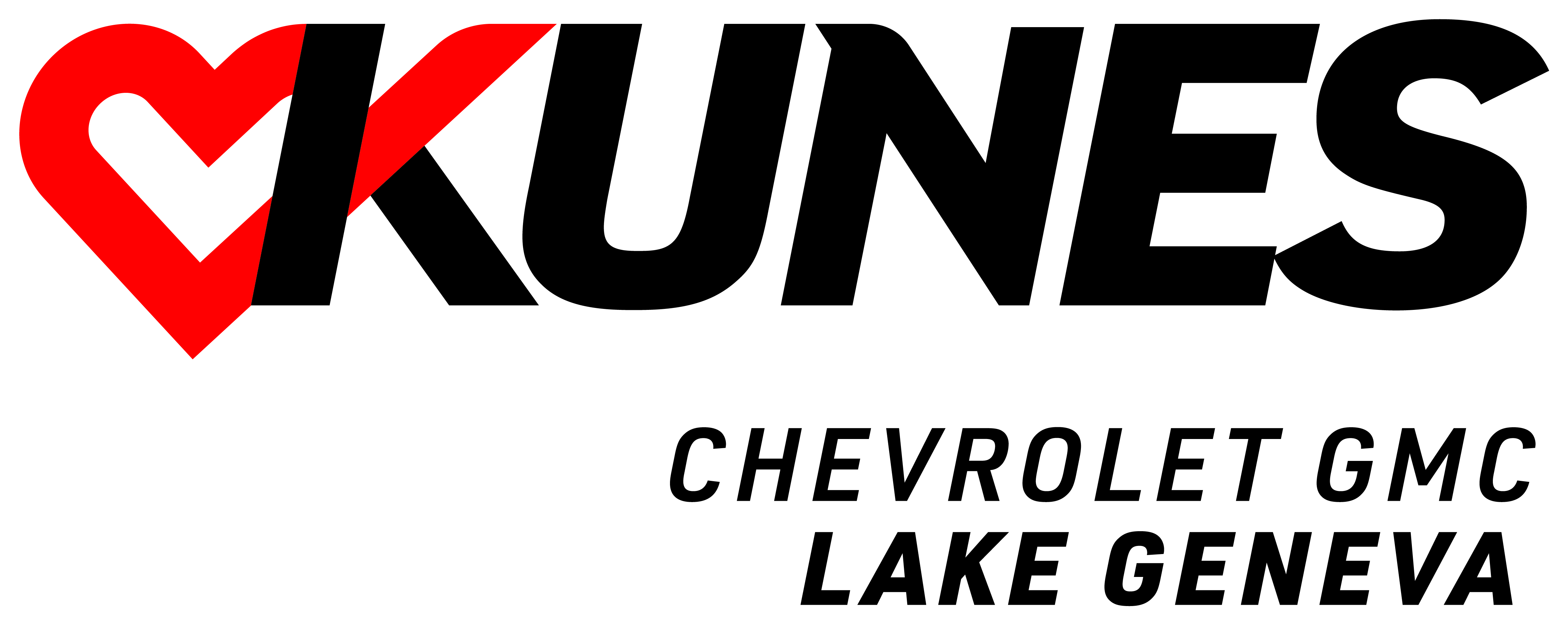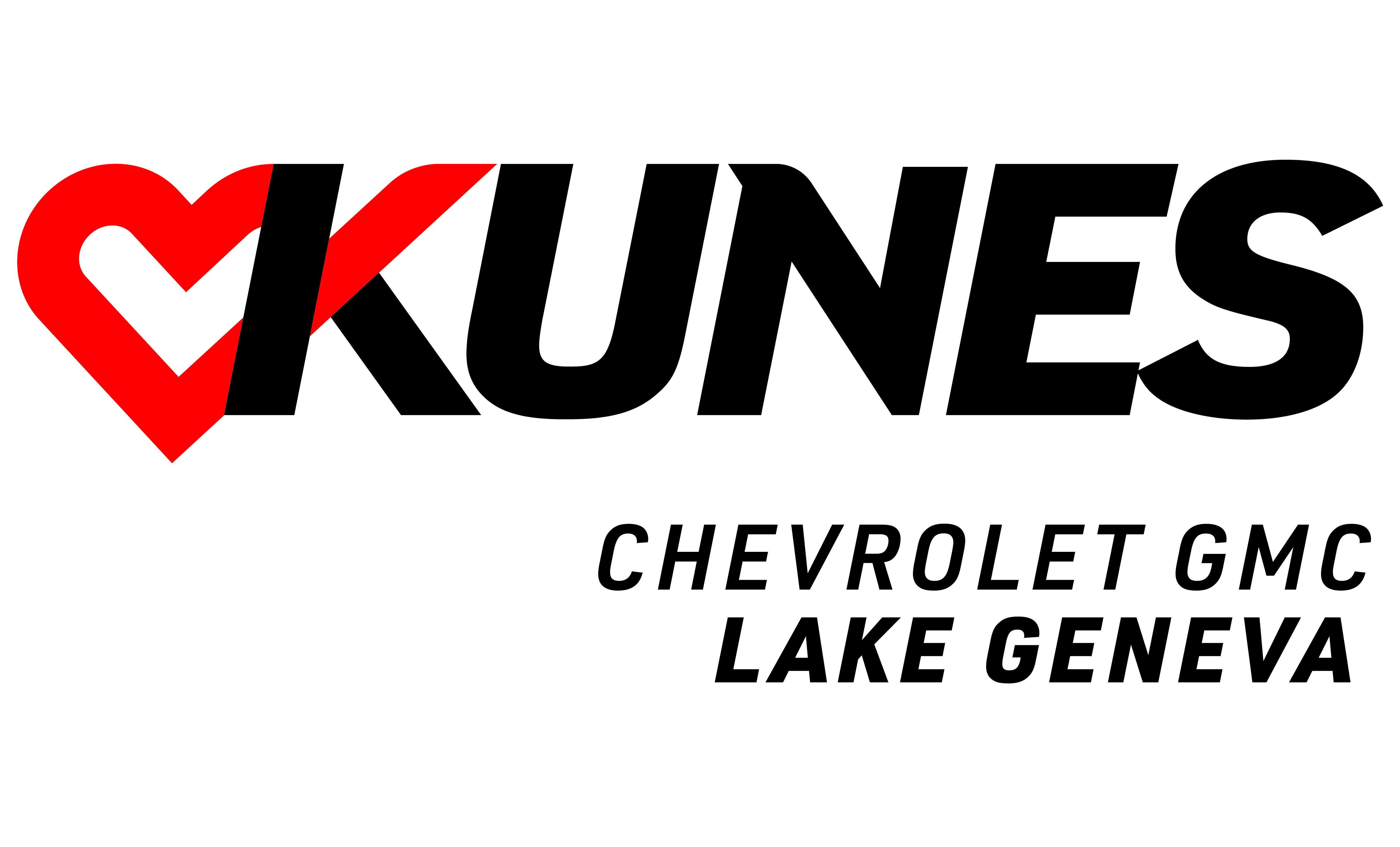- Leasing = long-term borrowing. You pay for the slice of the car you use (its depreciation) for ~2–4 years, then return it or buy it.
- Buying/Financing = owning with payments. You’re paying for the entire vehicle and building equity.
Think: Lease = lower monthly + new car more often.Buy = higher monthly now, but no payment later.
The main advantages of leasing are lower monthly payments and the ability to drive a new car more frequently. The advantages of buying/financing include full ownership of the entire vehicle and no payments once the loan is paid off.
Quick Compare
| Topic | Lease | Buy/Finance |
| Monthly payment | Usually lower | Usually higher |
| Up-front cash | Often lower down payment required; larger down payment can further reduce monthly cost | Down payment varies (more down payment = lower monthly); trade-in value can be used as down payment |
| Miles | Limited (10–15k/yr typical) | Unlimited |
| Wear/tear | Must meet return standards | Your car, your rules |
| Mods | Generally no | Yes |
| Warranty | Usually covered by manufacturer warranties for whole term; check for extended warranties | Warranties may expire; after coverage ends, repairs are on you |
| End of term | Return / Buyout / Trade in | Keep / Sell / Trade in |
| Long-run cost | Best for short/mid-term | Best if you keep 6–10 yrs |
How the Money Works
- Lease payment ≈ (Cap Cost − Residual) ÷ Term + finance charge + rent charges. (Rent charges are part of the monthly lease payment calculation, covering interest and fees associated with the lease.)
- Residual = what the car should be worth at lease end. Higher residual = lower payment.
- Finance payment ≈ Loan amount, APR, and term. More down + shorter term = less total interest.
Pro tip: Always compare total cost (payments + fees like acquisition fee, security deposit, taxes + expected maintenance) for the time you’ll keep the car, not just the monthly.
Who Should Lease in Wisconsin
- Predictable miles (commuting + errands ≈ 10–12k/yr).
- You like new tech every 3 years (safety, infotainment, remote start goodies).
- You want warranty coverage the entire time, often over the course of the lease.
- Leasing can help a person afford a newer car with lower monthly payments compared to buying.
- Person who values flexibility and lower upfront costs may prefer leasing.
- Business use where mileage/expenses are tracked cleanly.
Watchouts: mileage overages, wear-and-tear charges, and a disposition fee at turn-in.
Who Should Buy
- High-mile drivers (lots of I-94/I-41/I-39 runs, road trips up north).
- Keep-it-forever folks (6–10 years+). Once the car is fully paid, you own it outright.
- Modders (hitches, racks, wheels) or drivers who need unlimited miles.
- Equity builders who want freedom to sell/trade anytime.
- Some drivers have decided to buy after weighing lease terms and their personal needs.
Watchouts: higher payment at first; out-of-warranty repairs later (normal ownership life).
Wisconsin-Specific Tips
- Heated seats/steering & remote start are worth it—lease or buy.
- AWD vs. winter tires: AWD helps you go; winter tires help you stop/turn. Best = both.
- Salt & resale: underbody rinses + all-weather mats help protect value, especially if you plan to trade in at lease end. Upgrades like an enhanced sound system can also positively impact your trade-in value.
- Road trips: if you’ll exceed standard lease miles with cabin/camping runs, either buy or select a higher-mile lease up front.
Mileage & Wear Strategy
- Choose the right mileage plan (10k/12k/15k). If you’ll go over, pre-buy miles—cheaper than paying at turn-in.
- Keep the car clean, fix windshield chips early, replace worn wipers/tires before inspection.
- Save service receipts—they can help at lease return and future appraisals.
End-of-Lease Playbook
- Return and hop into something new.
- Buy it at the residual (smart if you love it or its market value > residual).
- Extend short-term if you need more time (case by case).
- Trade into another vehicle and apply any equity if the numbers line up.
Before making a final decision, request a sample lease form or itemized costs from the dealer to ensure you fully understand the lease terms.
Must-Have Features for WI
- Heated seats/steering + remote start
- Blind-spot + rear cross-traffic alert (busy parking lots)
- All-weather mats + cargo tray (salt saver)
- Roof rails (ski box, camping gear)
- Two key fobs (missing one can ding value at trade/return)
Insurance and Maintenance
When you lease a vehicle in Wisconsin, understanding your insurance and maintenance responsibilities is just as important as knowing your monthly payments. Most leases require you to carry comprehensive, collision, and liability insurance on your leased vehicle—often with higher minimums than you’d need if you owned the car outright. Leasing companies may also require gap insurance, which protects you if your car is totaled or stolen and the insurance payout doesn’t cover the remaining balance on your car lease. This extra layer of security can make a big difference if an accident happens.
Maintenance is another key part of any car lease contract. You’re responsible for keeping the vehicle in good shape with regular oil changes, tire rotations, and other scheduled services. Most leases expect you to handle repairs for anything beyond normal wear and tear—so fixing windshield chips or replacing worn tires before your lease term ends can help you avoid extra fees. Always check your contract for specific maintenance requirements and keep all service receipts; these can be crucial if there’s ever a question about how the vehicle was cared for.
The capitalized cost (the total price of the new car, including taxes and fees) directly affects your monthly payments. Negotiating a lower capitalized cost can help keep your payments manageable. Don’t forget to factor in acquisition fees and any other upfront costs when planning your budget. Mileage limits are another important detail—most leases set annual mileage limits, and exceeding them can result in costly per-mile fees. If you know you’ll drive more than the standard allowance, ask about higher-mileage lease terms or pre-purchase extra miles at a discount.
Security is also a growing concern. When you’re sharing personal and financial information with a dealership, make sure they use a robust security service to protect your data from online attacks, such as sql command injections or malformed data requests. A reputable company will have measures in place to keep your information safe, so don’t hesitate to ask the site owner or sales manager about their security solution.
Finally, understanding the residual value—the estimated worth of the vehicle at the end of your lease term—can help you decide whether to purchase the car or return it. A higher residual value usually means lower monthly payments, and if the market value of the car at lease end is higher than the residual, you might have the option to buy the car at a favorable price.
In short, before you sign any car lease, review the contract carefully to determine your insurance, maintenance, and security obligations. Decide what fits your own needs and budget, and work with a dealership that values your security and satisfaction. Whether you’re leasing a new car, truck, or SUV, being informed about these details will help you avoid surprises and enjoy a smooth, worry-free leasing experience.
Budgeting Cheats
- Target your payment at ~10–15% of take-home (payment only) so insurance/fuel don’t wreck the month.
- Compare low-APR vs. bigger rebate: sometimes a higher rebate with standard APR beats a low APR with no rebate—do the math.
- Always ask for the out-the-door price (tax/title/fees) so you can compare apples to apples.
FAQs
Can I end a lease early?
Sometimes via transfer or trade; costs vary. Get a payoff quote and compare options.
Does leasing hurt resale?
You don’t resell a lease—you return or buy it. If you buy it out, your resale depends on miles/condition like any other car.
Is GAP smart?
Often yes for low-down leases/loans; it covers the gap if the car is totaled and insurance payout is short.
Hybrid/EV—lease or buy?
Leasing can hedge future tech/resale risk; buying shines if you’ll keep it long and rack up miles.


